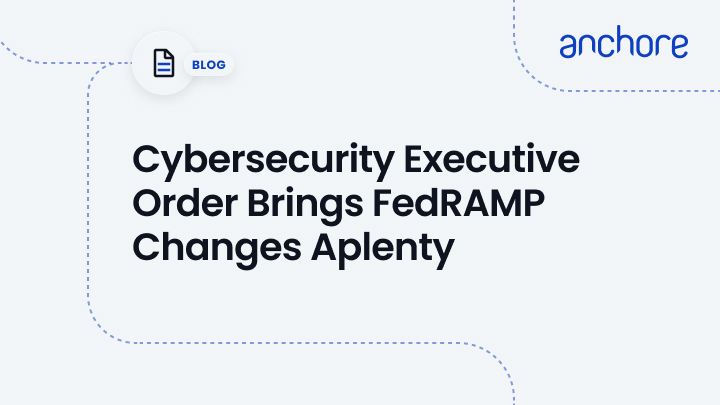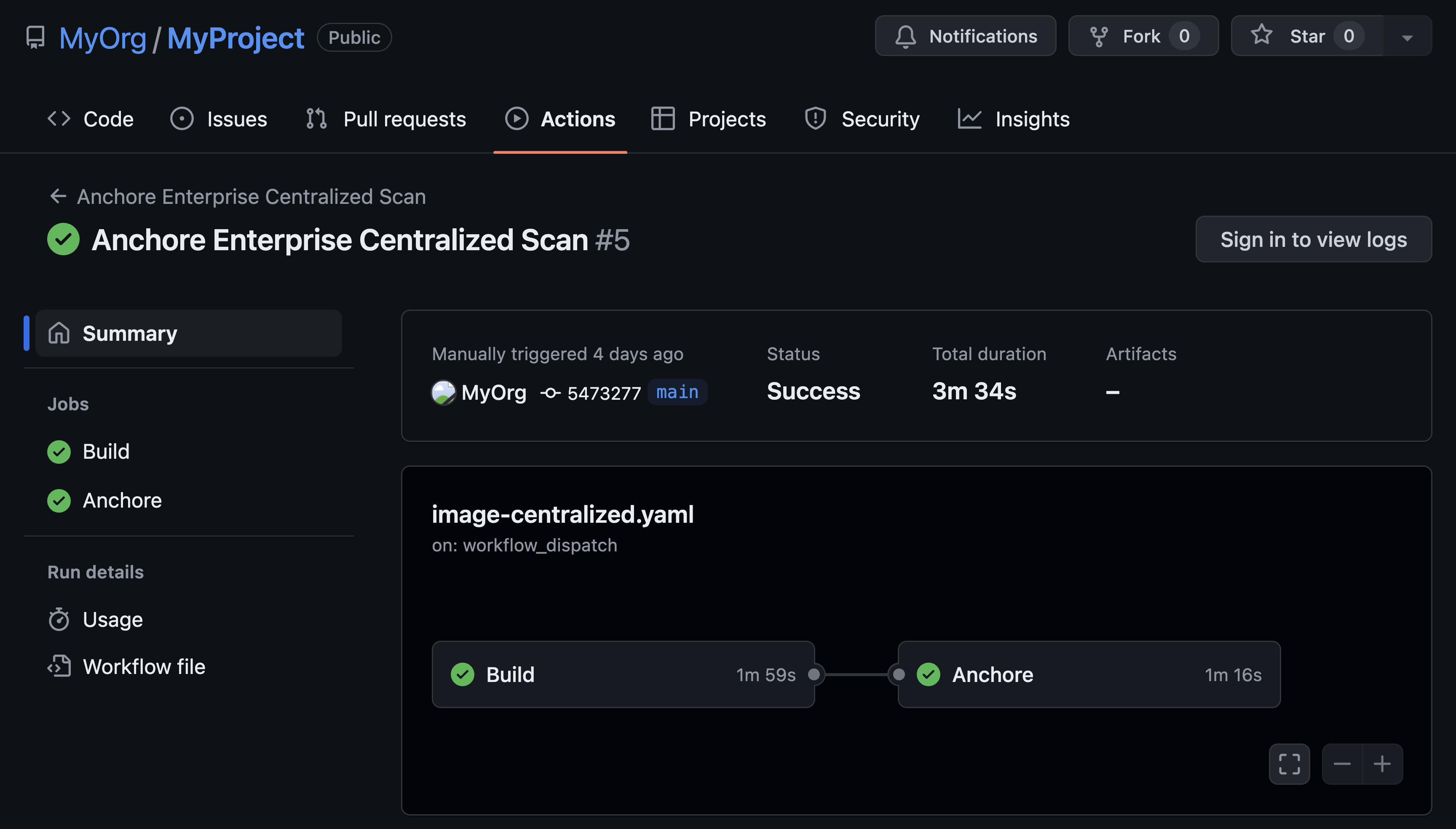On May 12, 2021, President Biden’s Executive Order on Improving the Nation’s Cybersecurity finally hit the street. Amongst all its goodness about the software bill of materials (SBOM), software supply chain security, and cybersecurity there’s some good news about FedRAMP and these developments are going to be a major step forward for government cloud security, compliance, and the government cloud community.
Here are some FedRAMP highlights from the executive order (EO):
Security Principles for Cloud Service Providers
Amazon Web Services (AWS), Microsoft Azure, and Google Cloud Platform (GCP) are increasingly providing secure platforms for the next generation of federal government applications. Case in point, federal government agencies spent $6.6 billion on cloud computing in fiscal 2020. That figure is up from $6.1 billion in fiscal 2019, according to a government spending analysis by Bloomberg Government, as reported by NextGov. Section 3 Modernizing Federal Government Cybersecurity, states:
The Secretary of Homeland Security acting through the Director of CISA, in consultation with the Administrator of General Services acting through the Federal Risk and Authorization Management Program (FedRAMP) within the General Services Administration, shall develop security principles governing Cloud Service Providers (CSPs) for incorporation into agency modernization efforts.
We’ll have to wait and see how this might affect the container orchestration and security offerings of the major CSPs and the opportunities it may open for the system integrators (SIs) and the innovative SBIRs across the federal information technology ecosystem.
Federal Cloud Security Strategy in 90 Days
The EO also positions FedRAMP — as part of the General Services Administration — as part of a task force to create a federal cloud security strategy in 90 days and then provide guidance to federal agencies. Here’s the quote from the EO:
Within 90 days of the date of this order, the Director of OMB, in consultation with the Secretary of Homeland Security acting through the Director of CISA, and the Administrator of General Services acting through FedRAMP, shall develop a Federal cloud-security strategy and provide guidance to agencies accordingly. Such guidance shall seek to ensure that risks to the FCEB from using cloud-based services are broadly understood and effectively addressed, and that FCEB Agencies move closer to Zero Trust Architecture.
There have been a few runs at a federal-level cloud strategy over the past few years. Most recently, there’s Cloud Smart that seeks to redefine cloud computing; modernization and maturity, and tackles security concerns, such as continuous data security and FedRAMP. Cloud Smart replaces Cloud First, an earlier government-wide initiative to provide a cloud strategy for federal agencies.
Federal agencies and technology firms serving the government should pay attention to the development of this new cloud security strategy as it’ll influence future cloud procurements. Their ambitious 90 day goal to deliver this strategy leaves virtually no time for any feedback from the government’s industry partners.
90 Days to a Cloud Technical Reference Architecture
With large government cloud initiatives such as the United States Air Force’s Platform One gaining mindshare, other parts of the Department of Defense (DoD) and civilian agencies are certain to follow suit with large scale secure cloud initiatives. The EO also mandates the creation of a cloud security technical reference architecture:
Within 90 days of the date of this order, the Secretary of Homeland Security acting through the Director of CISA, in consultation with the Director of OMB and the Administrator of General Services acting through FedRAMP, shall develop and issue, for the FCEB, cloud-security technical reference architecture documentation that illustrates recommended approaches to cloud migration and data protection for agency data collection and reporting.
Just like the cloud security strategy, 90 days is an ambitious goal for a cloud technical security reference architecture. It’ll be interesting to see how much this architecture will draw upon the experience and lessons learned from Platform One, Cloud One, and other large scale cloud initiatives across the DoD and civilian agencies.
FedRAMP Training, Outreach, and Collaboration
FedRAMP accreditation and compliance is no easy task. The EO mandates establishing a training program to provide agencies training and the tools to manage FedRAMP requests. There’s no mention for training for the SI and government contractor community at this stage but it’s almost a certainty that the mandated FedRAMP training will find its way out to that community.
The EO also calls for improving communications with CSPs which normally falls under the FedRAMP PMO. Considering the complexities of FedRAMP, improving communication should be an ongoing process so the automation and standardization of communications that the EO touts could take some of the human error that might occur when communicating a technical status.
Automation is also due to extend across the FedRAMP life cycle, including assessment, authorization, continuous monitoring, and compliance. This development can help make the much-heralded Continuous ATO a reality for more agencies. It also opens the door for more innovation as SIs seek out startup partners and SBIR contracts to bring innovative companies from outside the traditional government contractor community to satisfy those new automation requirements.
Learn how Anchore helps automate FedRAMP vulnerability scans.
Final Thoughts
Cloud security concerns are universal across the commercial and public sectors. Biden’s EO strikes all the right chords at first glance because it elevates the SBOM as a cybersecurity vulnerability. It also gives FedRAMP some much-needed support at a time when federal agencies continue to face new and emerging threats.
Want to learn more about containers and FedRAMP? Check out our 7 Must-Dos To Expedite FedRAMP for Containers webinar now available on-demand!



